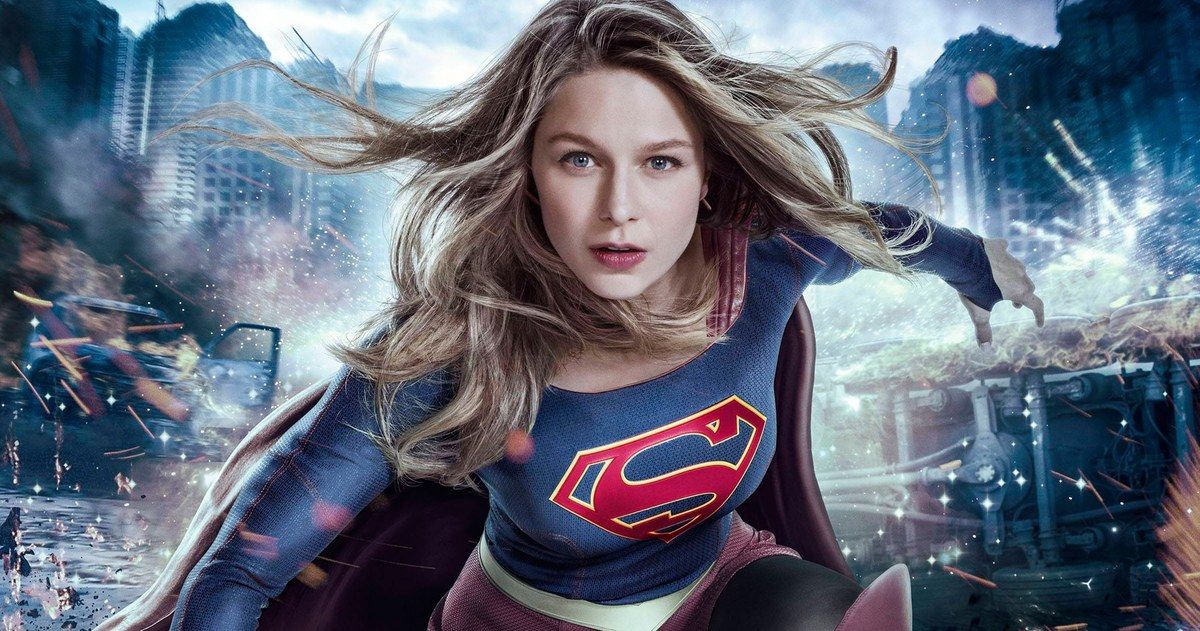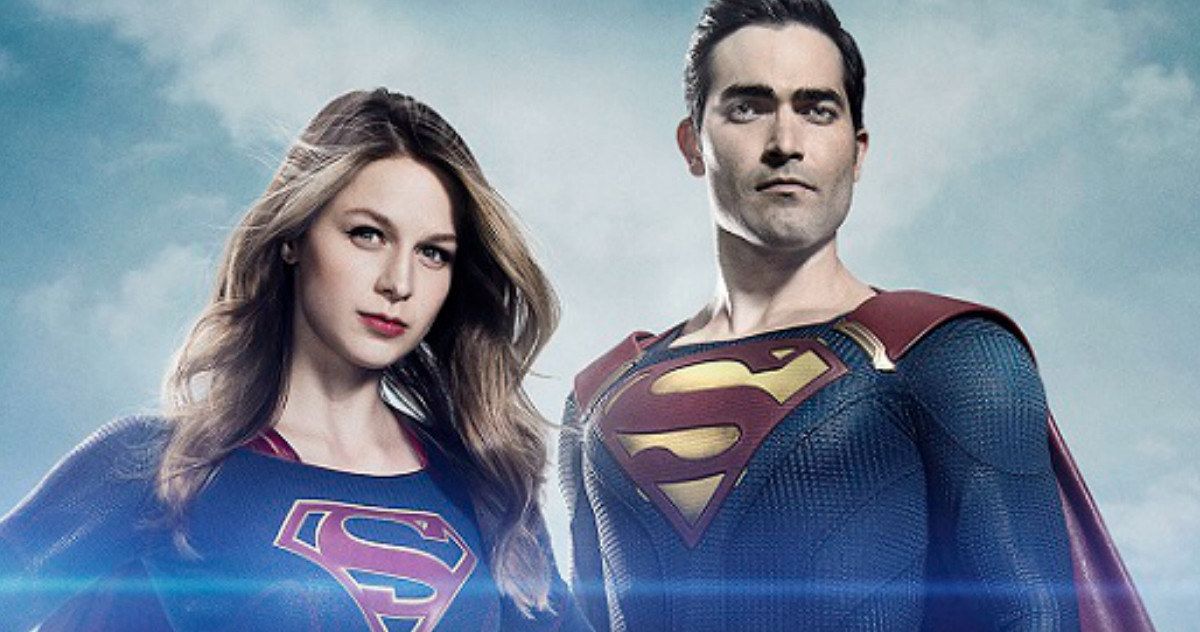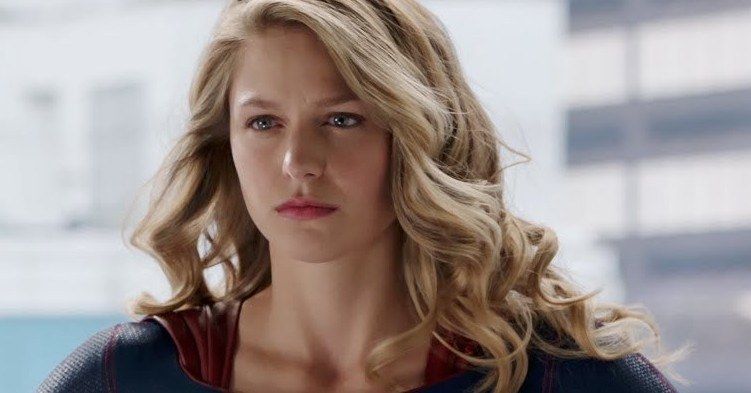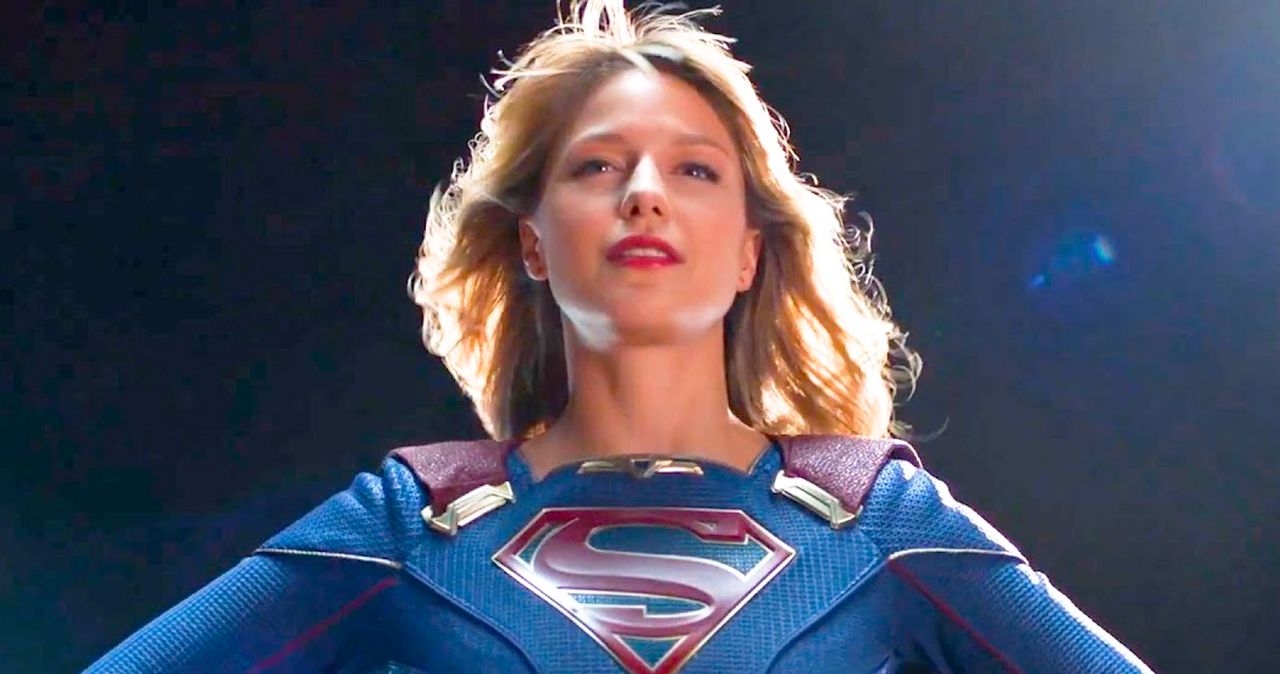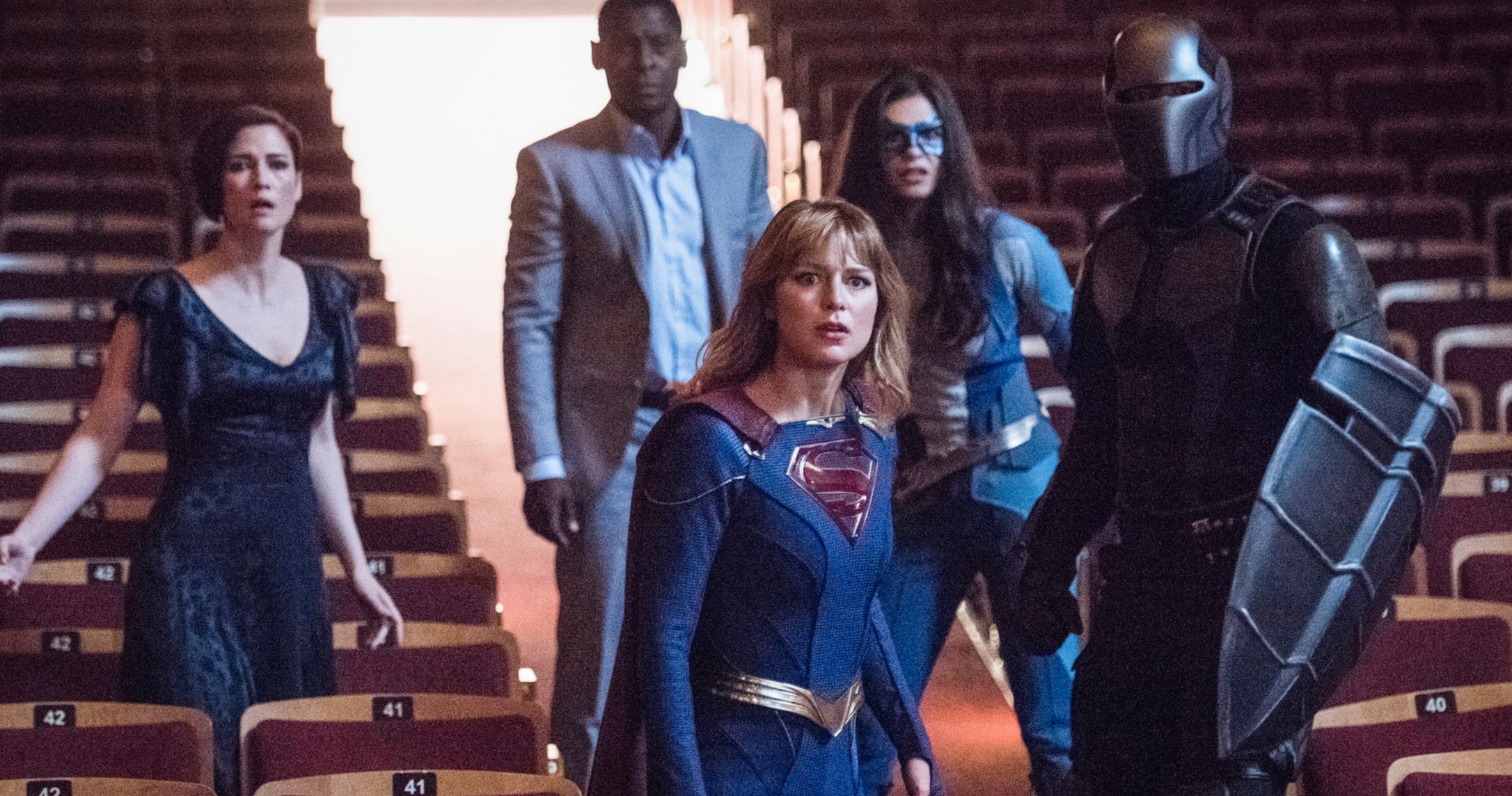With Supergirl now over, it’s important to remember what this particular character has managed to do for the imagination of young girls and boys. Created as a woman counterpart to Superman in 1959, Supergirl’s numerous incarnations have been both revered and reviled. From her original inception as a timid girl who happened to have the same superpowers as her cousin, a Hollywood movie in 1984 that was ravaged by both critics and audiences, and finally a series with a six-year run that has left an indelible mark for future woman superhero shows.
For over 60 years, Supergirl’s merger of strength and compassion has created a relatable standard for complex superheroes who are consistently questioning their identity and purpose. Traditionally, the superhero genre has been nothing more than escapism aimed towards white, cisgender males. With massive success in television and films the genre has managed to evolve and recognize that it has the ability and responsibility to creatively reflect as well as shape culture.
Supergirl Redefines a Traditionally Masculine View of Super Strength
After a stellar opening season of 10 million viewers, the following seasons’ viewership dropped to just over a million. Lackluster ratings aside, Supergirl’s importance cannot be minimized. For years, vigor and strength have been assigned only to male characters, while their women counterparts were written to uplift them. The general belief for many women characters has been that emotion negates strength. Supergirl, on the other hand, combined strong emotion with incredible physical prowess. Supergirl's "coming out," was showing her physical strength by saving an airplane full of passengers in street clothes. The show wanted to move past her traditional costume and focus more on power and strength. Indeed, Supergirl’s revealing costume was eventually updated by designer Colleen Atwood, to minimize another female superhero being overly sexualized. Her midriff was covered and the hemline of her skirt lowered. Season 5 included pants, losing the traditional skirt.
Supergirl Evolves Past Caricatures of the Character
Although through time it has garnered somewhat of a cult following—as well as it's not that horrible on a pure nostalgic and love for the character level—the film adaption of 1984 made Helen Slater’s Supergirl into a caricature. Unlike Benoist’s, Slater’s interpretation was a combination of insecurity and uncertainty. Although she was loaded with super abilities, it felt as though she was still waiting on a man’s approval for her next move. Also, Benoist has demonstrated that Supergirl has the ability to battle any super villain, regardless of gender or galaxy origin. Numerous male super villains like Agent Liberty, Maxwell Lord, and Lex Luther have challenged Supergirl over the years—and, more significantly, have been met with equal demise.
Supergirl Proves Strength is Not About Gender
The evolving ideas of love, gender and gender identity in society have also been reflected in Supergirl storylines by the casting of trans actress and activist, Nicole Maines. Maines is also playing televisions first trans superhero, Dreamer. Inspired by DC Comics character, Dreamgirl. The relationship between Dreamer and Brainiac 5, manages to propel the romance into intergalactic status. Also, Supergirl's sister Alex coming out as a lesbian and falling in love with Jimmy Olson's sister, Kelly Olson and their eventual nuptials reflects what has been casually happening in American culture. These topics have been in the public and political conversation for years, although it's taken awhile to find the correct set of socially conscience characters to propel the issues further. Although there is still much to be done on the political level, it's good to take a beat and reflect on the progress that has been made and realize that our societal thresholds are generally reflected in our storylines and characters. Visibility is huge for portions of the population who have never been able to recognize themselves in entertainment.
Supergirl Pushed Boundaries of Television
Now that the final episode has aired, audiences will be able to reflect on the social consciousness the show has had over the past six seasons, with Supergirl's strongest statement being that strength has nothing to do with the physical or gender. Indeed, love has nothing to do with someone's sexuality, and gender is not just about the physical. Superhero lore is generally about breaking the boundaries of our imagination while making strong and empowering comments about popular culture. They sometimes test the palate of public acceptance. Fans can now see that Supergirl's evolution from essentially Superman's sidekick to unintentional social activist is an inspiration for other writers and creators. Supergirl's alien upbringing has always been an allegory for those who feel like a stranger in their own surroundings. Or possibly a guest in their own country? The crux of the character is about being an outlier who demonstrates that acceptance is worth fighting for and diversity is, in fact, strength.

